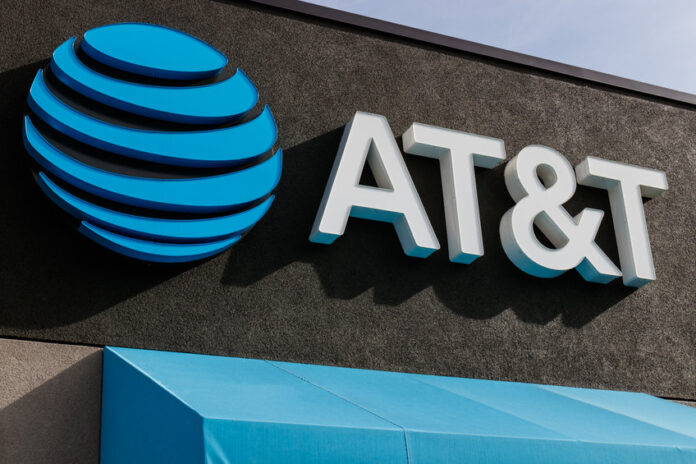AT&T CEO John Stankey says to expect the company to continue investing in broadband, cutting costs and make investments in areas where it sees potential success.
Stankey, speaking at the JP Morgan Global Technology, Media and Communications Conference this week, said that AT&T is “focused on growing customer relationships in our broadband business, whether it’s a wireless connection or a fixed connection,” as well as reducing its cost structure and “[ensuring] that we lean into what is the opportunity in the golden age of connectivity.”
While it may be a golden age of connectivity, Stankey also acknowledge that the carrier has “a lot of infrastructure from … the past era that has to be pulled away and reengineered to take cost out and reposition the business.”
When it comes to investment areas, he went on, “There’s an awful lot of people chasing different opportunities. We want to make sure we’re playing into the areas where we think we can be successful and drive returns.”
As Stankey put it: “We’re still very much running the exact same plays” that AT&T has outlined over the past couple of years as it has put billions into its fiber and wireless networks and shed units that aren’t core to its business—including both foreign operations and major media acquisitions.
Asked about the extent to which AT&T is seeing effects of inflation, Stankey said that “inflation levels are really problematic. It’s not good for anybody. It’s not good for any business. It’s not good for the consumer. It’s not good for the country overall.”
But he continued by saying that he is concerned about other structural issues that were not in play in previous inflationary periods. “We’ve got energy-related issues. We have unparalleled supply chain-related issues,” Stankey said. “We have labor components that have been kind of thrown out of skew because of some of the incentive structures coming out of the pandemic. All those things make it even harder than normal to kind of move through this.”
At the same time, he said that AT&T is “not seeing any softening” in customer demand, which he said in part may be to coming out of tax season—and in the second half of the year, there may be some softening and the company is probably going to be operating in a “pressured economy” in 2023.
“I would say that the consumer in the low end of the market is definitely stressed in making choices,” he said, and unpaid bill collection levels are heading back to pre-pandemic levels. But telecom services overall, and wireless in particular, have tended to be relatively resilient during economic downturns because of how important they are to consumers, who may downsize their service levels rather than disconnect altogether.
In the second half of the year, AT&T plans to begin turning on more of its C-Band spectrum.
“We’ve seen dramatic improvements in our customers’ perception of network performance over the last two years,” Stankey said. “And I believe after we do the mid-band deployment, we’re going to see another uptick. It’s going to be even better.”
On the whole, when it comes to 5G, he went on, “The networks are catching up to what the devices are going to be able to do.” Eesearch and development on applications is ongoing and businesses are trying to figure out how to use 5G, but devices need consistent, robust connectivity in order to deliver advanced capabilities, Stankey explained. “You need to have more consistency in the network, and you have to have very ubiquitous deployment and very ubiquitous connectivity and consistency in how those perform. You’re going to see that in metropolitan areas as you start to move through the next … 24 months.”
He continued: “This is no different than what LTE did. Early on in LTE, people who were in the urban core all suddenly said, ‘Wow, it’s great. I get a consistent video experience and I can watch a lot more video. But it doesn’t work so well when I’m out in a suburban or rural area.’ Well, over the course of a couple of years … people have come to expect that much more ubiquitous performance. The exact same thing is going to happen with 5G. As application developers get access to network slicing capabilities, as edge deployments begin to get more robust, and you have round trip times that allow for the edge to facilitate those applications, they will start to move their way out into the consumer base. It’s just part of growing the ecosystem.”

